
Cumbria is a ceremonial county in North West England. It borders the Scottish council areas of Dumfries and Galloway and Scottish Borders to the north, Northumberland and County Durham to the east, North Yorkshire to the south-east, Lancashire to the south, and the Irish Sea to the west. Its largest settlement is the city of Carlisle.

Ulverston is a market town and civil parish in Westmorland and Furness, Cumbria, England. Historically in Lancashire, it lies a few miles south of the Lake District National Park and just north-west of Morecambe Bay, within the Furness Peninsula. Lancaster is 39 miles (63 km) to the east, Barrow-in-Furness 10 miles (16 km) to the south-west and Kendal 25 miles (40 km) to the north-east. In the 2001 census the parish had a population of 11,524, increasing at the 2011 census to 11,678.

Barrow-in-Furness is a port town and civil parish in the Westmorland and Furness district of Cumbria, England. Historically in Lancashire, it was incorporated as a municipal borough in 1867 and merged with Dalton-in-Furness Urban District in 1974 to form the Borough of Barrow-in-Furness. The borough was merged into the new Westmorland and Furness district in 2023. At the tip of the Furness peninsula, close to the Lake District, it is bordered by Morecambe Bay, the Duddon Estuary and the Irish Sea. In 2021, Barrow's population was 55,489, making it the second largest urban area in Cumbria after Carlisle, and the largest in the Westmorland and Furness unitary authority.

Dalton-in-Furness is a town in Westmorland and Furness, Cumbria, England, 4 miles (6 km) north east of Barrow-in-Furness. Along with the rest of the Furness peninsula, it was historically part of Lancashire. It is in the parish of Dalton Town with Newton, alongside the nearby hamlet of Newton-in-Furness. In 2011 it had a population of 7,827.
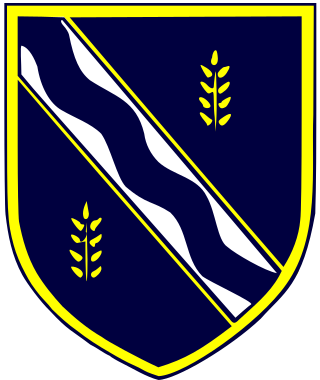
Kennet School is an academy secondary school in Thatcham, Berkshire, England. In 2011, Kennet was the highest achieving state school in West Berkshire using contextual value added results and third-highest using five good GCSEs.
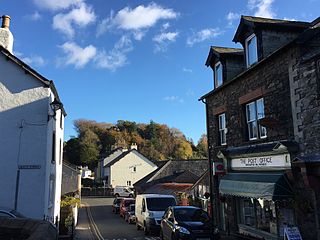
Broughton in Furness is a market town in the civil parish of Broughton West in the Westmorland and Furness district of Cumbria, England. It had a population of 529 at the 2011 Census. It is located on the south western boundary of England's Lake District National Park, and in the Furness region, which was historically part of Lancashire.
The Nelson Thomlinson School is a comprehensive secondary school located in the market town of Wigton, Cumbria, England. The school's motto is the Latin phrase Fide et Operis, "Faith and Works". The position of Headteacher has been occupied by David Samuel Northwood since September 2011, after the former head, Janet Downes, retired at the end of the previous academic year.
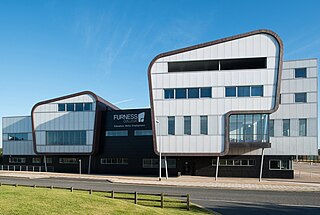
Furness College is a college of further education in Barrow-in-Furness, Cumbria. It provides a wide range of A levels, vocational education and skills training to over 16s, notably working with BAE Systems to train apprentices for their shipyard in Barrow. The college also offers courses for adults, and runs HNDs and other higher education programmes including foundation degrees, degrees and master's degrees, for which it achieved Teaching Excellence Framework silver status in June 2017. It is the only college in Barrow. On 1 August 2016, Furness College merged with Barrow Sixth Form College.

Barrow Sixth Form College, no longer considered a sixth form college, is part of Furness College, and is in the outskirts of Barrow-in-Furness, Cumbria, England. Barrow Sixth Form College was established in 1979 to fulfil the role of the main A level provider in Barrow following the merger of the two Barrow Grammar Schools and their change to deliver education to only 11 to 16 year-olds. It was the only sixth form college in Cumbria before the removal of the Barrow Sixth Form College name in 2024. There are now no sixth form colleges in Cumbria.
Ullswater Community College (UCC) is a large mixed comprehensive school in Penrith, Cumbria. It currently has around 1520 students, including about 200 in the sixth form.
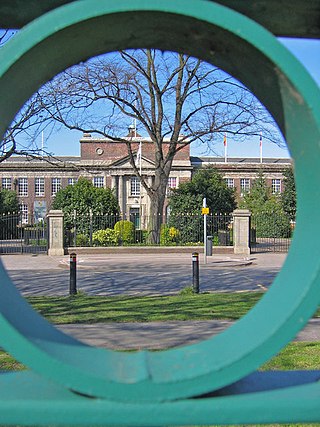
Malet Lambert is a secondary school for 11- to 16-year-old pupils in Kingston upon Hull, East Riding of Yorkshire, England. The school is situated on James Reckitt Avenue in the east of the city, its front facade overlooks East Park. Malet Lambert opened in 1932 and became a grammar school in 1944 before becoming a community comprehensive in 1969. The school converted to academy status in September 2015.

Teddington School is a co-educational state school for ages 11–18, located in Teddington in the borough of Richmond upon Thames in south-west London. It has had academy status since 2012, and is operated by the Bourne Trust. It opened a co-educational sixth form in 2014.
Cumberland Community School is a coeducational secondary school located in the London Borough of Newham, England. There are 300 pupils in each year. It is on Oban Close off Prince Regent Lane close to its junction with Newham Way and has substantial land, sharing facilities with neighbouring Newham Leisure Centre. It is built on the site of the former Woodside Community School.
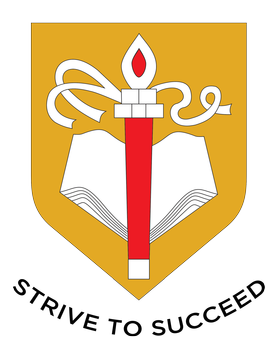
The Baverstock Academy was a mixed secondary school and sixth form college, located on the southern edge of the Birmingham outer city ward of Druids Heath.
Liam Harrison is a former professional rugby league and rugby union footballer who played in the 2000s and 2010s. He played representative level rugby league (RL) for Ireland and Cumbria, and at club level for Barrow Island ARLFC and Barrow Raiders, with whom he spent his whole professional rugby league career, as a wing, centre, second-row or loose forward, and club level rugby union (RU) for North Walsham R.F.C..
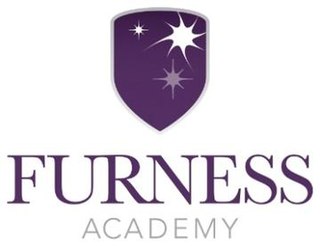
Furness Academy is a secondary school in Barrow-in-Furness, England. It is the fourth academy to have been formed in the county of Cumbria after the closure of Alfred Barrow School, Parkview Community College of Technology and Thorncliffe School in 2009. Having utilised numerous buildings of the former Parkview and Thorncliffe Schools since 2009, a single £22 million building opened in the Parkside area of the town in September 2013.

The West London Free School is an English free school for girls and boys aged 11 to 18. It was co-founded by Toby Young and opened in 2011.
Millom School, formerly Millom County Secondary School, is a coeducational secondary school and sixth form located in Millom in the English county of Cumbria.
The Barrow Grammar Schools were two adjacent single-sex education schools in Barrow-in-Furness, Lancashire, England during the 20th century. Both schools merged in 1979 to form the co-educational Parkview Community College of Technology. Parkview School itself was merged in 2012 with Thorncliffe School and Alfred Barrow School to form Furness Academy. Parkview School and all elements of the former Grammar Schools were demolished in 2014 with a new school building for Furness Academy being constructed in the playing fields of Parkview.














